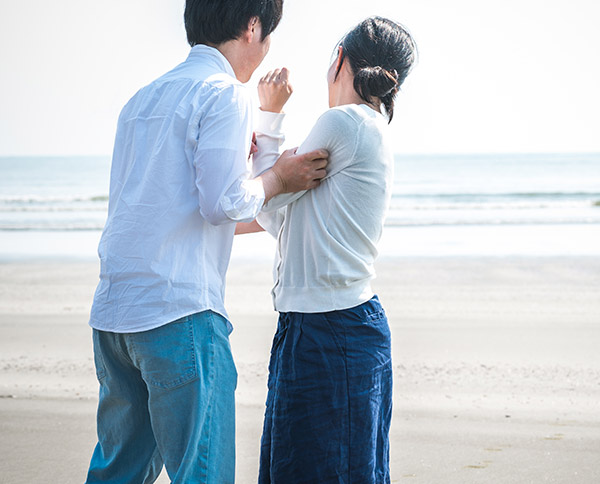Dealing with a violent person, be it a spouse or friend, can be a traumatic experience. You shouldn’t have to go through verbal or physical abuse; not even for a second. If you’re being abused, consider filing a restraining order in Florida. This process is relatively simple if you follow these procedures.
Filing for a Restraining Order in Florida
Choose a Restraining Order Type
There are several different restraining order types you can get in Florida. These include:
- Stalking
- Dating violence,
- Domestic violence,
- Repeat violence, and
- Sexual violence
To choose the correct type for your particular situation, you need to know what these legal terms mean.
Domestic violence is when violence or aggressive behavior occurs between individuals that live in the same household. Dating violence is defined as abuse between two people who are strictly dating. Often, the abuse comes when one party tries to control another.
Repeat violence can occur between a victim and another party, whether it’s a neighbor, a co-worker or stranger. At least two incidents need to have occurred. Finally, sexual violence is defined as a party forcing another party into sexual acts against their own will.
Think carefully about the party you’re trying to get a restraining order against, so you can select the right type and move forward with this process without any hiccups.
File a Petition
Once you’ve selected the correct restraining order type, you’ll need to follow up by filing a petition. You can do this online, where you’ll have access to all of the appropriate forms, or you can also file in person at the clerk’s office. Basic personal information is required, such as where you live and the relationship you have with the party you want a restraining order against.
The allegation segment is perhaps the most crucial part of these forms that you’ll fill out. This is where you describe, in detail, what type of abuse has been happening. You’ll also be required to give accurate dates and describe the severity of the abuse.
Once this portion is completed, double check to make sure there are no inconsistencies or errors present. After submitting the petition, a judge will review it as quickly as possible. If everything checks out, they’ll grant a temporary injunction (restraining order) until your scheduled court date.
Attend Your Court Hearing Date
The hearing date in court is the most important aspect of this entire process, as this is your opportunity to present evidence and show why a restraining order should be filed against the abuser. The respondent may or may not show up. If they don’t, the court proceedings will continue, and the judge will rule based on any evidence that you or your criminal defense attorney presents.
If they do show up, however, the respondent has the chance to provide their own evidence and counter your claims. After both cases are presented, the judge will either grant you a restraining order (temporary or permanent) or they will deny it.
No one should ever have to deal with abuse, and if you’re put into this position, don’t delay. File a restraining order in Florida promptly. This process will go smoothly if you fill out the appropriate forms correctly and follow up with the upcoming legal proceedings.
on Mar 12, 2018

